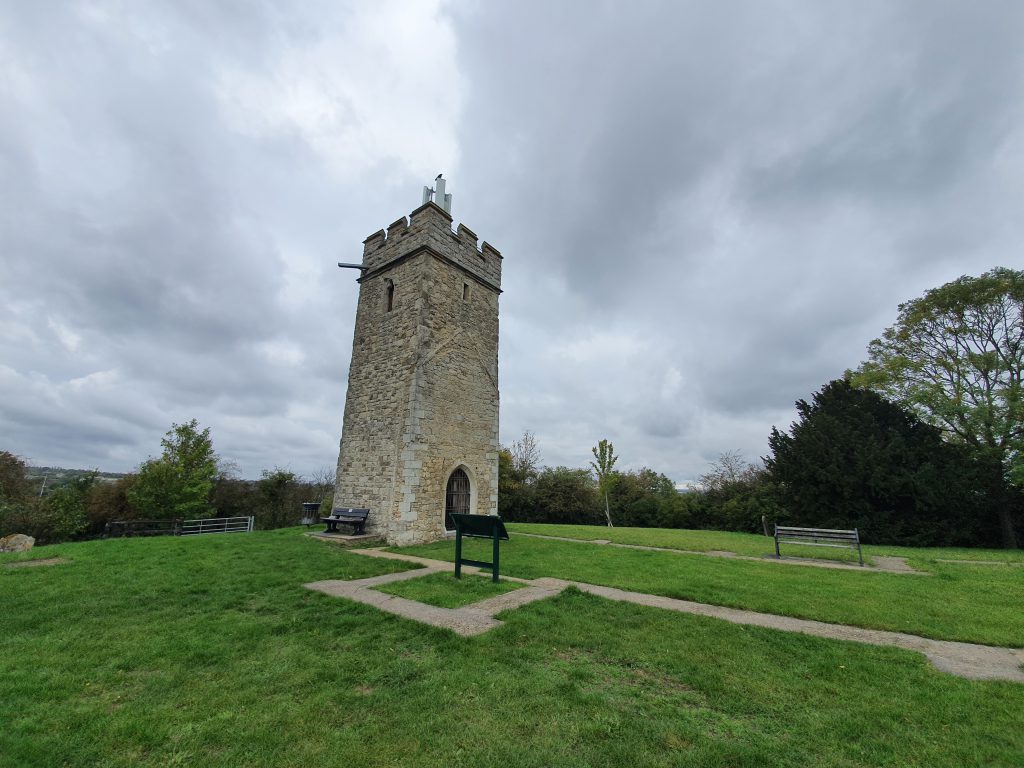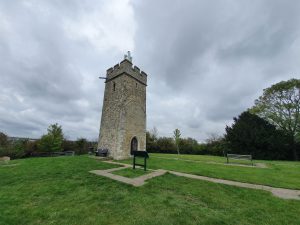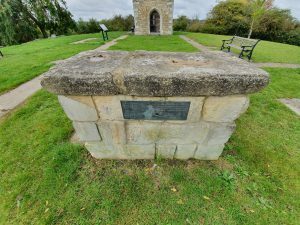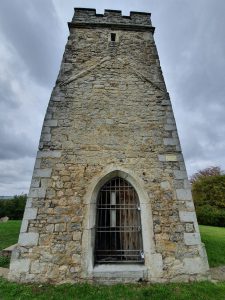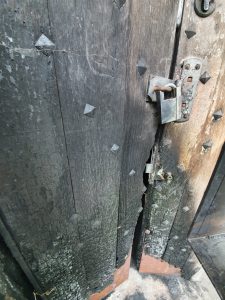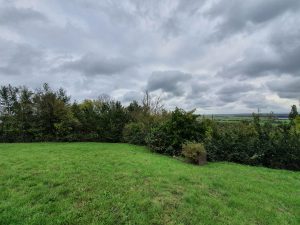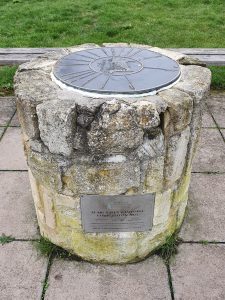Pitsea – St. Michael’s Church
The Basildon and Pitsea area doesn’t have many listed buildings and the situation here is a little unfortunate, as in the 1980s they knocked down most of what was potentially one of the most interesting buildings. St. Michael’s is located on an elevated position overlooking the local countryside, it’s a medieval church and there has been a religious building here since at least the twelfth century. The church was declared redundant in March 1983 and soon became mostly derelict. In the 1990s, Orange Telecommunications eyed up the tower for a phone mast and knocked the rest of the church down, primarily as it was falling down anyway. Apparently the building materials have been moved into storage, although I can’t imagine who is monitoring that and where the bits are.
As a loss to history, it’s not enormous, as the chancel and nave were rebuilt by Sir Arthur Blomfield in 1871, with only the early sixteenth century tower being left standing. But, it’s a shame that the church couldn’t have survived.
The outline of the church has been marked out in stone and this is the limestone slab which was thought to be the mediaeval altar. It was split into two pieces back in the Reformation and the stone is also known as a mensa (I had forgotten that, but it’s helpfully mentioned on the little plaque).
The remaining tower section, with the former roof line still visible. This now looks similar to Panxworth Church, near Ranworth, where they did the same demolition job to the Victorian rebuilt nave and chancel.
The door has been attacked by arsonists. Which is really likely why they had to knock the nave and chancel down, it was going to be attacked and be a bigger problem, a bit like the situation at St. Wandregesilius Church in Bixley.
The view over the surrounding countryside and there are also still numerous graves dotted around the site, some in a better state of repair than others.
A viewing point area with seating has been installed.
There are some photos of what the church used to look like at http://www.basildon.com/history/churches/sm.html.

